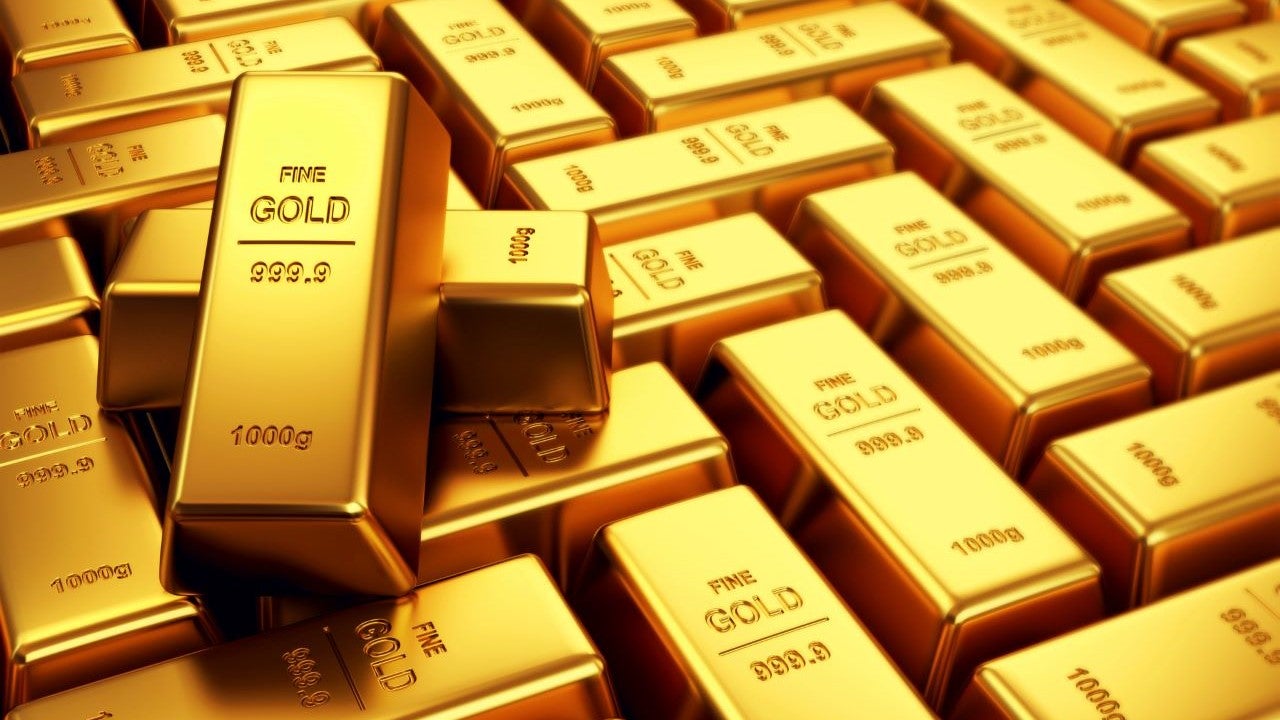Gold vs. silver: Which is the better investment?

Gold and silver are two popular investments for those looking for assets that can be both a store of value and an inflation hedge. These precious metals are both well regarded and have long histories, but they offer different kinds of benefits and safety, and investors should know how they’re likely to perform in multiple economic climates before they decide to invest in either.
Here are the relative benefits of gold and silver and what you need to watch out for.
Gold vs. silver: Ways to own it
When it comes to the number of ways that you can invest in gold or silver, investors have plenty of options:
- Bullion
- Futures
- Exchange-traded funds (ETFs) that own the precious metal
- Mining stocks
- ETFs that own mining stocks
Each way to buy a precious metal offers its own advantages and disadvantages. For example, if you want to buy bullion, you’ll need to safeguard it yourself, making it less secure than if you owned it via an ETF. And owning an ETF that holds physical bullion also allows you to get the full price of your holding on a public exchange rather than trade it to a dealer at a discount. (You can even buy gold at Costco — though it’s a poor investment.)
Mining stocks give you leverage on the price of gold or silver, so a profitable miner will become much more profitable as the price of the metals rise. But if investing in individual stocks is too risky and time-intensive, you can buy an ETF that owns miners and diversify your stake.
Whether you’re looking to invest in gold or silver, you can do so in a way that fits your needs. But you’ll want to understand the dynamics of each type of investment. You can buy publicly traded securities at the best brokers, typically for low or no commissions.
Gold vs. silver: Long-term returns
How have gold and silver performed over time? Despite their reputations, not all that favorably, says Robert R. Johnson, Ph.D., CFA, CAIA, professor of finance, Heider College of Business, Creighton University.
In comparing the performance of silver and gold since 1925, Johnson notes:
- “At the end 1925, the price of an ounce of gold was $20.63. At the end of 2023, an ounce of gold sold for $2,062.60. Over that 98-year period, the precious metal returned 4.81 percent compounded annually.”
- At the end of 1925, silver sold for $0.68 per ounce. At the end of 2023, silver went for $24.30. Across that 98-year period, silver returned 3.71 percent compounded annually.
Those returns are not especially impressive, especially in light of inflation, which ran 2.96 percent over that same 98-year period. So, a huge portion of those small returns are cut even further by rising prices, leaving investors with low growth in their purchasing power.
Still, gold clearly has a better track record over time, leaving silver in second place.
Gold vs. silver: Inflation hedge
Gold is often touted as an inflation hedge, helping to protect investors from rising inflation. So when markets get rough, many investors flee to gold to ride out the storm.
Gold is a safe haven asset, says Mahesh Agrawal, associate director at Acuity Knowledge Partners, a provider of business intelligence. “High inflation creates market uncertainties and brings larger investments into gold to protect the value of money,” he says. But he notes that “the marriage between gold and inflation may sometimes break in the short term, as interest rates react to higher inflation, diverting investments to the debt market.”
The correlation between silver and inflation is also high, says Agrawal, but not as solid as with gold.
“Silver has natural traits that keep its value relatively steady amid inflation uncertainties,” he says. “During high inflation, industrial demand for silver wanes, largely offset by robust demand from the investment segment. When inflation is low, the situation reverses.”
Gold vs. silver: Speculative uses
The demand for gold and silver comes from different sources, with gold primarily an investment asset and silver an industrial one.
Gold is typically used as a store of value and has relatively limited industrial applications, says Agrawal. “Investments and related sectors accounted for nearly 90 percent of the total demand for the yellow metal in 2021, and only 10 percent was consumed in industrial activities,” he says.
So the price of gold moves as investors evaluate their own investment needs, how much they want safety and the return expectations from other asset classes such as stocks and bonds.
The relatively high price of gold per ounce makes it easier for investors to store value compared with silver, making it cheaper to store an equivalent amount of dollar value.
As for silver, demand is powered more by industrial applications, such as electronics and solar cells, so during periods of economic stability and overall growth, it does better.
“For investment, silver attracts primarily smaller and retail investors, as it is more accessible and perceived to offer higher value given its lower price relative to gold,” says Agrawal.
Gold vs. silver: Volatility
Silver tends to be more stable, in part because it tends to rise with economic growth while also being a safe haven asset in tougher times, says Agrawal.
But in shorter periods, the price of silver can fluctuate quite a lot.
“Silver can be highly volatile in the short term, due to relatively low liquidity, especially in the financial market,” says Agrawal. “The volatile nature makes silver a riskier bet than gold, and investors need to select the asset class that best suits their portfolio risk management requirements.”
Should you invest in gold or silver?
So based on your specific situation, you may decide to opt for silver or gold, given the respective traits of each one and the economic climate when you’re making your decision. But the after-inflation returns of buying and holding either are not all that impressive.
But investors do have an alternative with a quite attractive record of returns: large-cap stocks. Johnson compares buying an ounce of gold for $20.63 in 1925 with the same amount invested in a diversified portfolio of large companies such as the Standard & Poor’s 500 Index.
“That same $20.63 invested in gold at the end of 1925 would have grown to $300,538 if invested in the S&P 500,” says Johnson, for a compound annual return of 10.3 percent through 2023. That compares to just $2,062.60 for that same ounce of gold.
In other words, investors would have about 146 times more money by investing in a diversified portfolio of large stocks than by investing in gold. The discrepancy was even worse with silver.
Investors thinking about investing in gold or silver should then carefully consider whether it really makes sense for them. It may well make sense in the short term or when specific imbalances exist in the respective markets for the precious metals.
But in the long term, the answer to the question “Is it better to go with gold or silver?” might be “stocks.” It’s actually incredibly easy to buy a diversified index fund that’s primed to climb even if you have limited knowledge about investments.
Bottom line
Both silver and gold can function as safe haven assets, but gold tends to have a better track record over long periods of time. That said, over shorter periods, the specific dynamics of each market end up being more important to their respective returns. Regardless of which you buy, remember that neither asset produces cash flow, so investors might be best served in the long term to take a buy-and-hold approach with a portfolio of profitable and growing stocks.
Editorial Disclaimer: All investors are advised to conduct their own independent research into investment strategies before making an investment decision. In addition, investors are advised that past investment product performance is no guarantee of future price appreciation.
Why we ask for feedback Your feedback helps us improve our content and services. It takes less than a minute to complete.
Your responses are anonymous and will only be used for improving our website.






